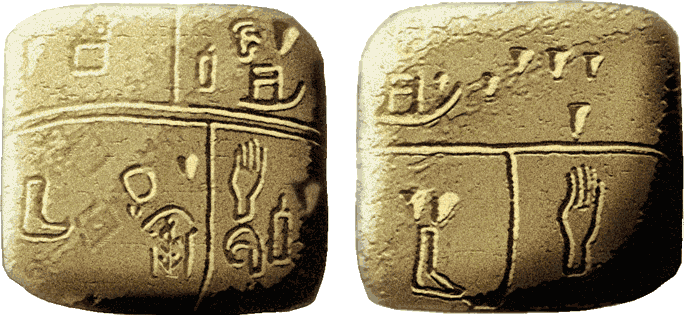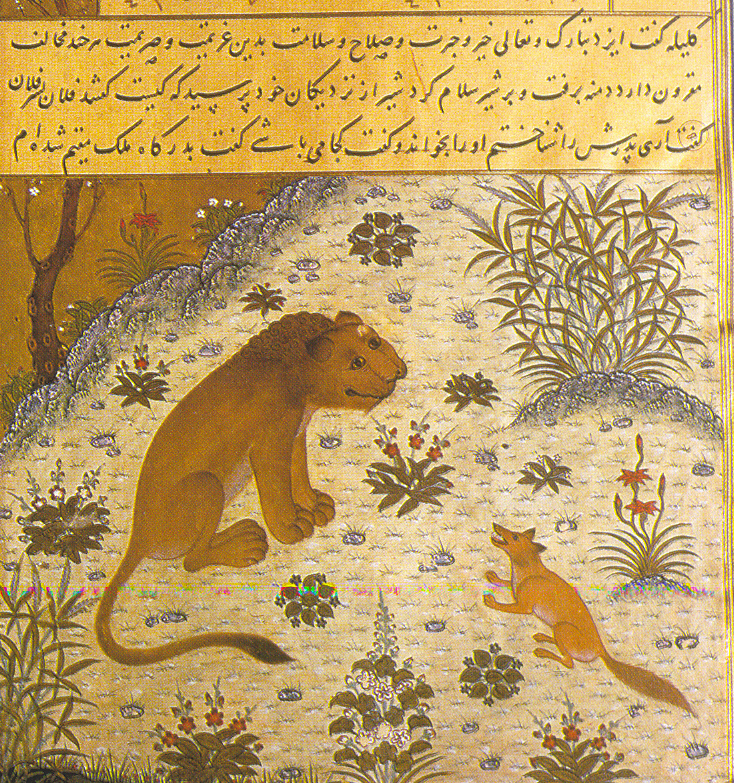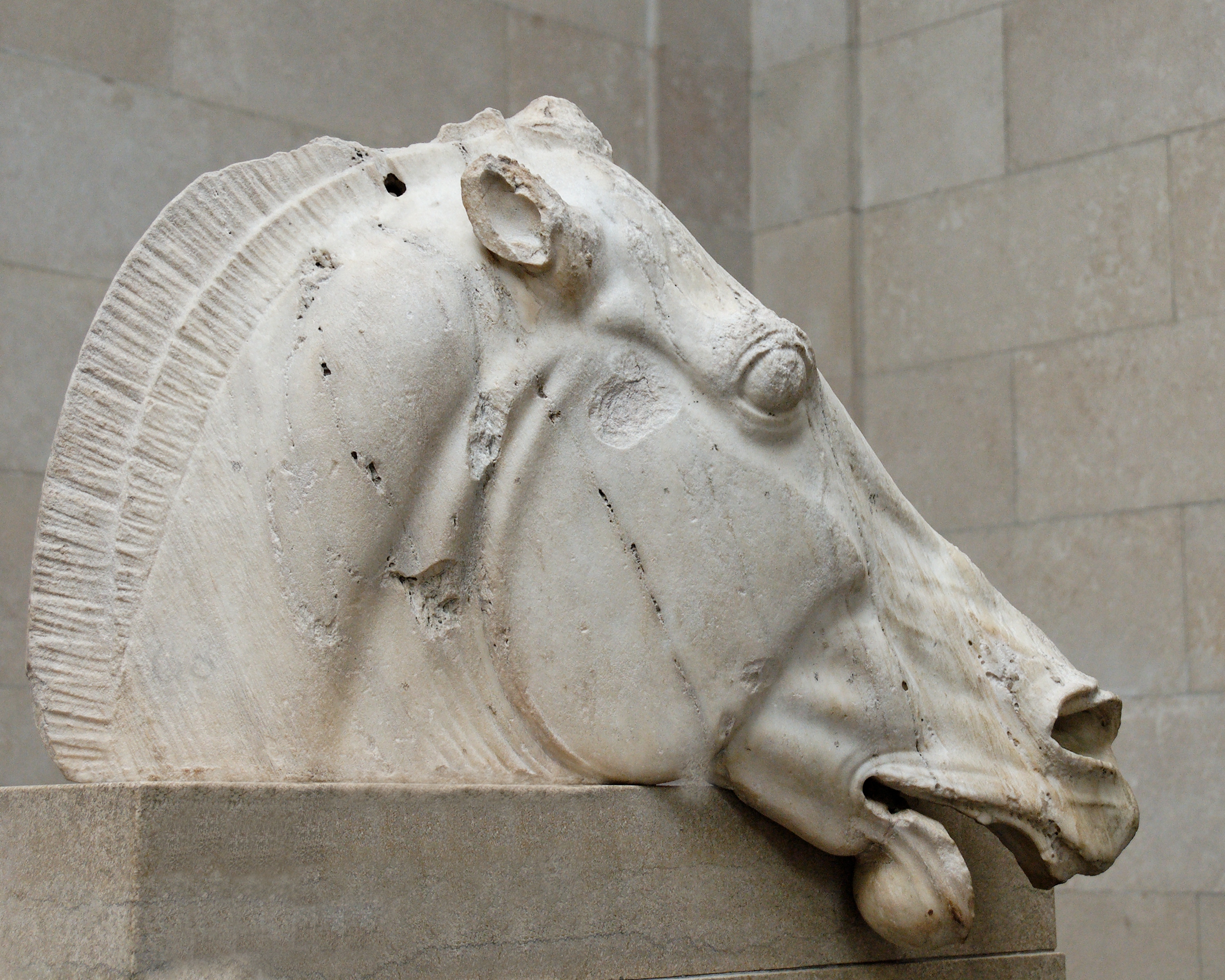|
Didacticism
Didacticism is a philosophy that emphasises instructional and informative qualities in literature, art, and design. In art, design, architecture, and landscape, didacticism is a conceptual approach that is driven by the urgent need to explain. Overview The term has its origin in the Ancient Greek word διδακτικός (''didaktikos''), "pertaining to instruction", and signified learning in a fascinating and intriguing manner. Didactic art was meant both to entertain and to instruct. Didactic plays, for instance, were intended to convey a moral theme or other rich truth to the audience. During the Middle Age, the Roman Catholic chants like the '' Veni Creator Spiritus'', as well as the Eucharistic hymns like the '' Adoro te devote'' and '' Pange lingua'' are used for fixing within prayers the truths of the Roman Catholic faith to preserve them and pass down from a generation to another. In the Renaissance, the church began a syncretism between pagan and the Christian didacti ... [...More Info...] [...Related Items...] OR: [Wikipedia] [Google] [Baidu] |
De Rerum Natura
(; ''On the Nature of Things'') is a first-century BC Didacticism, didactic poem by the Roman Republic, Roman poet and philosopher Lucretius () with the goal of explaining Epicureanism, Epicurean philosophy to a Roman audience. The poem, written in some 7,400 dactylic hexameters, is divided into six untitled books, and explores Epicurean physics through poetic language and metaphors.#Greenblatt1, Greenblatt (2011). Namely, Lucretius explores the principles of atomism; the nature of the mind and soul; explanations of Sense, sensation and thought; the development of the world and its phenomena; and explains a variety of Celestial sphere, celestial and Earth, terrestrial phenomena. The universe described in the poem operates according to these physical principles, guided by ''fortuna'' ("chance"), and not the divine intervention of the Religion in ancient Rome, traditional Roman deities. Background To the Greek philosopher Epicurus, the unhappiness and degradation of humans arose ... [...More Info...] [...Related Items...] OR: [Wikipedia] [Google] [Baidu] |
Literature
Literature is any collection of Writing, written work, but it is also used more narrowly for writings specifically considered to be an art form, especially novels, Play (theatre), plays, and poetry, poems. It includes both print and Electronic literature, digital writing. In recent centuries, the definition has expanded to include oral literature, much of which has been transcribed.; see also Homer. Literature is a method of recording, preserving, and transmitting knowledge and entertainment. It can also have a social, psychological, spiritual, or political role. Literary criticism is one of the oldest academic disciplines, and is concerned with the literary merit or intellectual significance of specific texts. The study of books and other texts as artifacts or traditions is instead encompassed by textual criticism or the history of the book. "Literature", as an art form, is sometimes used synonymously with literary fiction, fiction written with the goal of artistic merit, but ... [...More Info...] [...Related Items...] OR: [Wikipedia] [Google] [Baidu] |
Georgics
The ''Georgics'' ( ; ) is a poem by Latin poet Virgil, likely published in 29 BCE. As the name suggests (from the Greek language, Greek word , ''geōrgiká'', i.e. "agricultural [things]") the subject of the poem is agriculture; but far from being an example of peaceful rural poetry, it is a work characterized by tensions in both theme and purpose. The ''Georgics'' is considered Virgil's second major work, following his ''Eclogues'' and preceding the ''Aeneid''. The poem draws on a variety of prior sources and has influenced many later authors from antiquity to the present. Description and summary The work consists of 2,188 hexameter, hexametric verses divided into four books. The yearly timings by the rising and setting of particular stars were valid for the precession of the equinoxes, precession epoch of Virgil's time, and so are not always valid now. Book One Virgil begins his poem with a dedication to Gaius Maecenas, Maecenas, then a summary of the four books, followed by ... [...More Info...] [...Related Items...] OR: [Wikipedia] [Google] [Baidu] |
Philosophy
Philosophy ('love of wisdom' in Ancient Greek) is a systematic study of general and fundamental questions concerning topics like existence, reason, knowledge, Value (ethics and social sciences), value, mind, and language. It is a rational and critical inquiry that reflects on its methods and assumptions. Historically, many of the individual sciences, such as physics and psychology, formed part of philosophy. However, they are considered separate academic disciplines in the modern sense of the term. Influential traditions in the history of philosophy include Western philosophy, Western, Islamic philosophy, Arabic–Persian, Indian philosophy, Indian, and Chinese philosophy. Western philosophy originated in Ancient Greece and covers a wide area of philosophical subfields. A central topic in Arabic–Persian philosophy is the relation between reason and revelation. Indian philosophy combines the Spirituality, spiritual problem of how to reach Enlightenment in Buddhism, enlighten ... [...More Info...] [...Related Items...] OR: [Wikipedia] [Google] [Baidu] |
Lucretius
Titus Lucretius Carus ( ; ; – October 15, 55 BC) was a Roman poet and philosopher. His only known work is the philosophical poem '' De rerum natura'', a didactic work about the tenets and philosophy of Epicureanism, which usually is translated into English as ''On the Nature of Things''—and somewhat less often as ''On the Nature of the Universe''. Very little is known about Lucretius's life; the only certainty is that he was either a friend or client of Gaius Memmius, to whom the poem was addressed and dedicated. ''De rerum natura'' was a considerable influence on the Augustan poets, particularly Virgil (in his ''Aeneid'' and ''Georgics'', and to a lesser extent on the '' Eclogues'') and Horace. The work was almost lost during the Middle Ages, but was rediscovered in 1417 in a monastery in Germany by Poggio Bracciolini and it played an important role both in the development of atomism (Lucretius was an important influence on Pierre Gassendi) and the efforts of ... [...More Info...] [...Related Items...] OR: [Wikipedia] [Google] [Baidu] |
Vishnu Sharma
Sharma (Sanskrit: विष्णुशर्मन् / विष्णुशर्मा) was an Indian scholar and author who wrote the ''Panchatantra'', a collection of fables. Works Panchatantra is one of the most widely translated non-religious books in history. The ''Panchatantra'' was translated into Middle Persian/ Pahlavi in 570 CE by Borzūya and into Arabic in 750 CE by Persian scholar Abdullah Ibn al-Muqaffa as ''Kalīlah wa Dimnah'' (). In Baghdad, the translation commissioned by Al-Mansur, the second Abbasid Caliph, is claimed to have become "''second only to the Qu'ran in popularity.''" "''As early as the eleventh century this work reached Europe, and before 1600 it existed in Greek, Latin, Spanish, Italian, German, English, Old Slavonic, Czech, and perhaps other Slavonic languages. Its range has extended from Java to Iceland.''" In France, "''at least eleven Panchatantra tales are included in the work of Jean de La Fontaine''." Legend The prelude to the ... [...More Info...] [...Related Items...] OR: [Wikipedia] [Google] [Baidu] |
Panchatantra
The ''Panchatantra'' ( IAST: Pañcatantra, ISO: Pañcatantra, , "Five Treatises") is an ancient Indian collection of interrelated animal fables in Sanskrit verse and prose, arranged within a frame story.Panchatantra: Indian Literature , Encyclopaedia Britannica The surviving work is dated to about 300 CE, but the fables are likely much more ancient. The text's author is unknown, but it has been attributed to Vishnu Sharma in some recensions and Vasubhaga in others, both of which may be fictitious pen ... [...More Info...] [...Related Items...] OR: [Wikipedia] [Google] [Baidu] |
Xenophon
Xenophon of Athens (; ; 355/354 BC) was a Greek military leader, philosopher, and historian. At the age of 30, he was elected as one of the leaders of the retreating Ancient Greek mercenaries, Greek mercenaries, the Ten Thousand, who had been part of Cyrus the Younger's attempt to seize control of the Achaemenid Empire. As the military historian Theodore Ayrault Dodge wrote, "the centuries since have devised nothing to surpass the genius of this warrior". For at least two millennia, it has been debated whether or not Xenophon was first and foremost a general, historian, or philosopher. For the majority of time in the past two millennia, Xenophon was recognized as a philosopher. Quintilian in Institutio Oratoria, ''The Orator's Education'' discusses the most prominent historians, orators and philosophers as examples of eloquence and recognizes Xenophon's historical work, but ultimately places Xenophon next to Plato as a philosopher. Today, Xenophon is recognized as one of the gr ... [...More Info...] [...Related Items...] OR: [Wikipedia] [Google] [Baidu] |
On Horsemanship
''On Horsemanship'' is the English title usually given to ', ''peri hippikēs'', one of the two treatises on horsemanship by the Athenian historian and soldier Xenophon (c. 430–354 BC). Other common titles for this work are ''De equis alendis'' and ''The Art of Horsemanship''. The other work by Xenophon on horsemanship is ', ''hipparchikos'', usually known as '' Hipparchicus'', or ''The cavalry commander''. The title ''De re equestri'' may refer to either of the two. ''On horsemanship'' deals with the selection, care and training of horses in general. Military training and the duties of the cavalry commander are dealt with in the ''Hipparchicus''. History Written in about 355 BC, the treatises of Xenophon were considered the earliest extant works on horsemanship in any literature until the publication by Bedřich Hrozný in 1931 of a Hittite text, that by Kikkuli of the Mitanni Kingdom, which dates from about 1360 BC. A treatise on horsemanship by Pliny the Elder is bel ... [...More Info...] [...Related Items...] OR: [Wikipedia] [Google] [Baidu] |
Hesiod
Hesiod ( or ; ''Hēsíodos''; ) was an ancient Greece, Greek poet generally thought to have been active between 750 and 650 BC, around the same time as Homer.M. L. West, ''Hesiod: Theogony'', Oxford University Press (1966), p. 40.Jasper Griffin, "Greek Myth and Hesiod", J.Boardman, J.Griffin and O. Murray (eds.), ''The Oxford History of the Classical World'', Oxford University Press (1986), p. 88. Several of Hesiod's works have survived in their entirety. Among these are ''Theogony'', which tells the origins of the gods, their lineages, and the events that led to Zeus's rise to power, and ''Works and Days'', a poem that describes the five Ages of Man, offers advice and wisdom, and includes myths such as Pandora's box. Hesiod is generally regarded by Western authors as 'the first written poet in the Western tradition to regard himself as an individual persona with an active role to play in his subject.' Ancient authors credited Hesiod and Homer with establishing Greek relig ... [...More Info...] [...Related Items...] OR: [Wikipedia] [Google] [Baidu] |
Works And Days
''Works and Days'' ()The ''Works and Days'' is sometimes called by the Latin translation of the title, ''Opera et Dies''. Common abbreviations are ''WD'' and ''Op'' for ''Opera''. is a didactic poem written by ancient Greek poet Hesiod around 700 BC. It is in dactylic hexameter and contains 828 lines. At its center, the ''Works and Days'' is a Almanac, farmer's almanac in which Hesiod instructs his brother Perses in the agricultural arts. Scholars have seen this work against a background of agrarian crisis in mainland Greece, which inspired a wave of Greek colonies, colonial expeditions in search of new land. In the poem, Hesiod also offers his brother extensive moralizing advice on how he should live his life. ''Works and Days'' is perhaps best known for its two mythological aetiology, aetiologies for the toil and pain that define the human condition—the story of Prometheus and Pandora, and the so-called Ages of Man, Myth of Five Ages. Synopsis In ''Works and Days'', Hesi ... [...More Info...] [...Related Items...] OR: [Wikipedia] [Google] [Baidu] |
Ptahhotep
Ptahhotep ( "Peace of Ptah"; (), sometimes known as Ptahhotep I or Ptahhotpe, was an ancient Egyptian vizier during the late 25th century BC and early 24th century BC Fifth Dynasty of Egypt. He is credited with authoring ''The Maxims of Ptahhotep'', an early piece of Egyptian "wisdom literature" or philosophy meant to instruct young men in appropriate behavior. Life Ptahhotep was the city administrator and vizier (first minister) during the reign of King Djedkare Isesi in the Fifth Dynasty. He had a son named Akhethetep, who was also a vizier. He and his descendants were buried at Saqqara. Ptahhotep's tomb is located in a mastaba in North Saqqara (Mastaba D62). His grandson Ptahhotep Tjefi, who lived during the reign of Unas, was buried in the mastaba of his father (Mastaba 64). Their tomb is famous for its outstanding depictions. Next to the vizier's titles he held many other important positions, such as ''overseer of the treasury'', ''overseer of scribes of the king's do ... [...More Info...] [...Related Items...] OR: [Wikipedia] [Google] [Baidu] |









